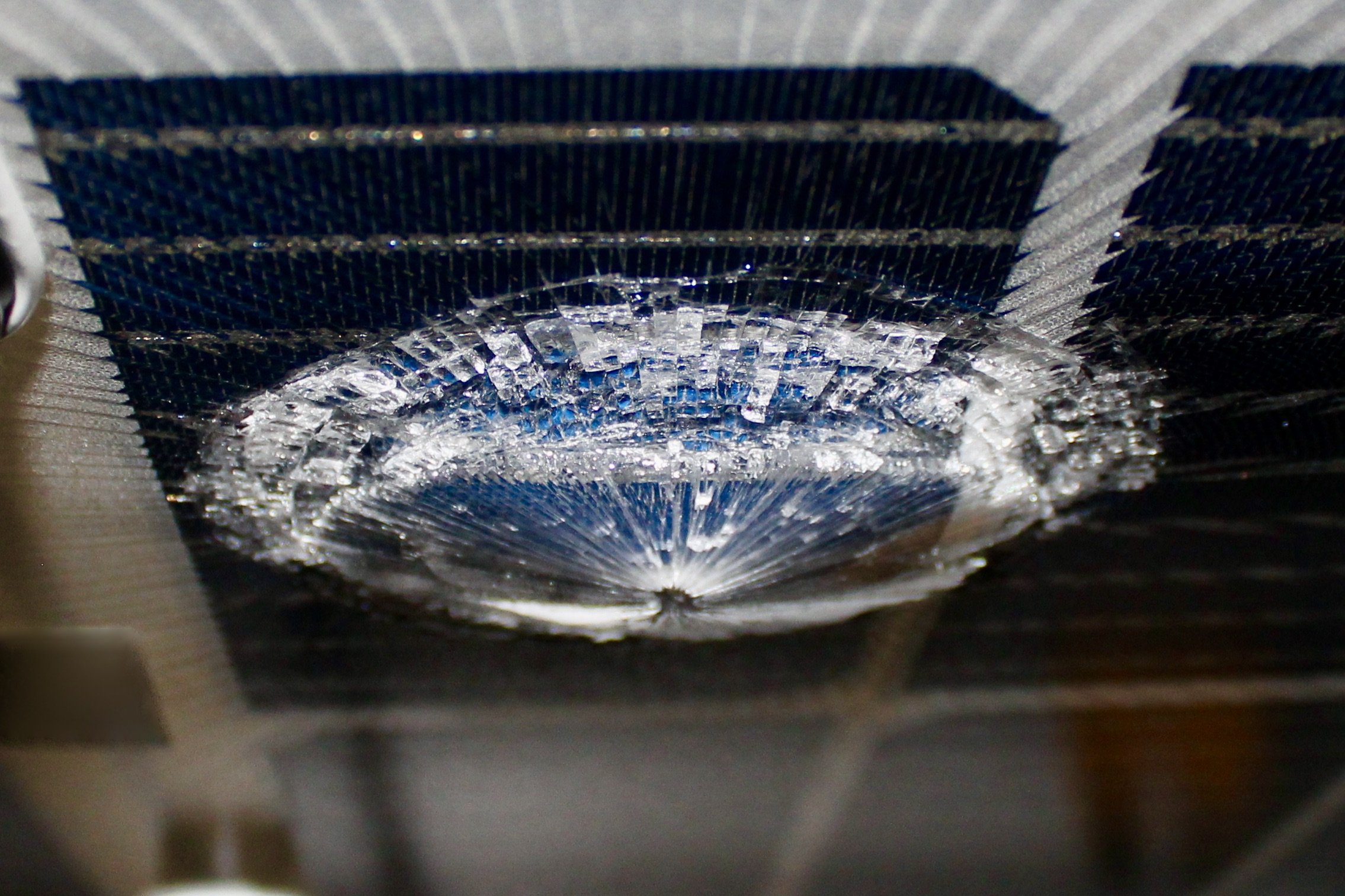Lessons from Field Forensic Investigations
Do the up-front cost savings associated with PV module value engineering efforts come at the expense of reduced resilience to field conditions of use? To find out, we interviewed Ralf Schulze, an expert in quality assurance, failure mode and effects analysis, system diagnostics, and corrective and preventative maintenance who manages field forensic services for RETC.
Glass Manufacturing, Science & Standards
Is a decline in the compressive strength of solar module glass partly to blame for some of the unique field failure modes associated with new ultra-large-format PV module designs? In order to learn more about glass manufacturing and reliability science, we interviewed Dr. James Webb of Corning for RETC's sixth annual PV Module Index Report.
Solar Glass Durability & Failure Modes
For the 2024 PV Module Index Report, RETC sought to better understand the unique field failure modes associated with ultra-large-format PV module designs. Here, we present our interview with an expert in module durability—NREL's Theresa Barnes. Dr. Barnes is the principal investigator and director of NREL's DuraMAT Consortium for module materials research.
Hail Risk and Solar Project Insurance
The Lone Star State not only leads the country in terms of wind power capacity, but also is poised to overtake California as the top solar market. Whether the United States does its part to avert a global climate crisis could very well hinge on the solar industry’s ability to weather Texas hailstorms.
Perovskite-Based PV Technologies
Emboldened by the promise of high module performance at low production costs, companies developing perovskite-based solar cells hope to deploy something new under the sun. In this technical primer, we review the disruptive market potential and possible pitfalls of perovskite-based PV modules.
PVMI Q&A: Nick de Vries, Silicon Ranch
Nick de Vries is the chief technology officer at Silicon Ranch, a full-service solar and carbon solutions company pioneering large-scale agrivoltaics. Here, we share highlights from a behind-the-scenes PVMI interview that explores the nexus between renewable energy and regenerative land management.
Responsibly Scaling Solar Development
The solar industry will play a prominent role in global efforts to mitigate the worst impacts of human-caused climate change. To do so sustainably, the solar industry must minimize its carbon footprint, mitigate its environmental impacts, promote a circular economy, and field durable products and systems.
RETC Byline in Solar Builder Magazine
Cherif Kedir’s article for Solar Builder explores the value proposition behind the industry-wide pivot to large-format PV modules. To help guide industry stakeholders, it also considers the unique technical risks of these new products and recommends strategic risk mitigation approaches.
Webinar | “Hail Risk in Solar” Assets
Join RETC, VDE Americas, and CAC Specialty for a pv magazine-hosted webinar on January 18, 2023. Our featured subject matter experts will share lessons learned about and best practices for identifying, quantifying, and mitigating severe hail risk based on project location and fielded PV module technology.
The Origins of RETC’s Thresher Test
Developed by and for solar industry stakeholders, the first-ever commercial reliability and durability test standard for PV modules has been “separating the wheat from the chaff” since 2011. The Thresher Test was the product of a bottom-up collaborative effort involving an ad hoc team of experts led, in part, by RETC.
Flat-Plate Solar Array Project
Funded by the U.S. government and led by the Jet Propulsion Laboratory (JPL) from 1975 to 1986, the FSA Project marks the genesis of the terrestrial solar market. RETC looks back at JPL’s ground-breaking work in the first of a series of articles about major milestones in PV module reliability and durability testing.
Large-Format PV Module Evaluation
The value proposition associated with large-format PV modules is so compelling that some industry analysts expect 500 W+ modules to account for 90% of the market by 2025. When evaluating large-format module designs for specific applications, however, keep in mind that upfront savings may come at a cost.
Reliability Lessons from Texas
The solar boom in Texas illustrates the extreme highs and lows of life on the solarcoaster. Based on its sheer size and average sun hours, Texas is blessed with the nation’s best solar resource—it is also bedeviled by extreme weather risks that necessitate enhanced product testing protocols.
Evaluating New N-Type PV Modules
Next-generation n-type PV cells are essential to the solar industry’s continued ability to drive down costs while improving performance. Here, we explore the promise of new n-type PV cell designs —as well as the potential challenges associated with scaling this promising technology.













